Sugar gliders, those adorable pocket-sized marsupials with big eyes and a distinctive gliding membrane, have captured the hearts of exotic pet enthusiasts worldwide. Behind their cute appearance lies a complex social creature that thrives on connection. Unlike some pets that do perfectly well on their own, sugar gliders have evolved as intensely social animals, living in family groups of up to seven or more individuals in the wild. This fundamental aspect of their nature doesn’t change when they enter our homes. The need for companionship isn’t just a preference for these small creatures—it’s a biological necessity that directly impacts their physical health, emotional wellbeing, and quality of life. Understanding why sugar gliders need companions is essential for anyone considering these unique animals as pets.
The Natural Social Structure of Sugar Gliders
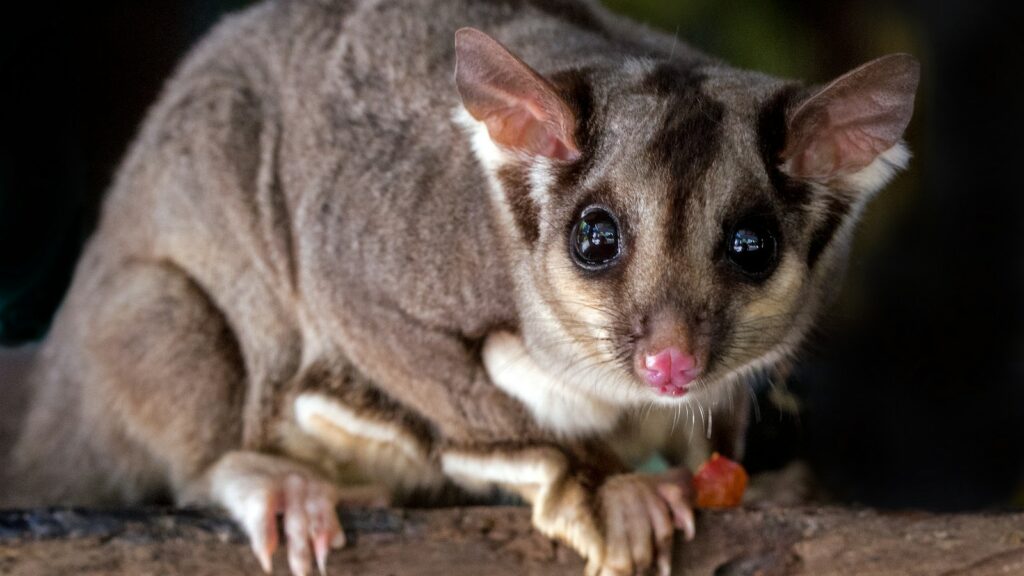
In their native habitats of Australia, Indonesia, and Papua New Guinea, sugar gliders live in tightly bonded family groups called colonies. These colonies typically consist of one dominant male, several females, and their offspring, creating a complex social network that can include up to 12 individuals. Within these groups, sugar gliders engage in constant social interactions—grooming each other, communicating through various vocalizations, sharing food resources, and sleeping together in communal nests. This colony structure isn’t arbitrary but serves crucial survival functions including protection from predators, successful foraging, temperature regulation, and emotional security. The deep social bonds they form in these groups are fundamental to their identity as a species, having evolved over millions of years to enhance their survival and reproduction in challenging forest environments.
The Psychological Impacts of Isolation
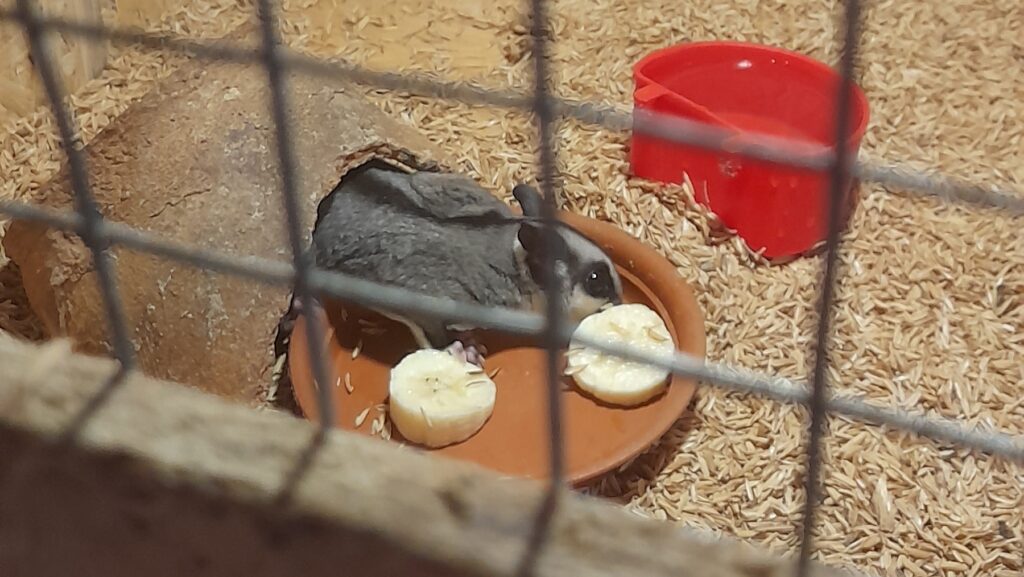
When kept alone, sugar gliders often develop serious psychological issues that manifest in concerning behaviors and physical symptoms. Solitary sugar gliders frequently experience depression, exhibiting decreased activity levels, loss of appetite, excessive sleeping, and a notable lack of interest in play or exploration. Many lonely gliders develop self-mutilation behaviors, such as over-grooming that leads to bald patches or even more severe self-harming behaviors like tail-biting. The stress of isolation can trigger repetitive movements known as stereotypies—pacing, circling, or bar-chewing—which indicate significant psychological distress. Perhaps most heartbreaking is the development of learned helplessness, where after extended isolation, some sugar gliders simply give up, becoming withdrawn and unresponsive even when opportunities for enrichment are later provided.
Physical Health Consequences of Loneliness
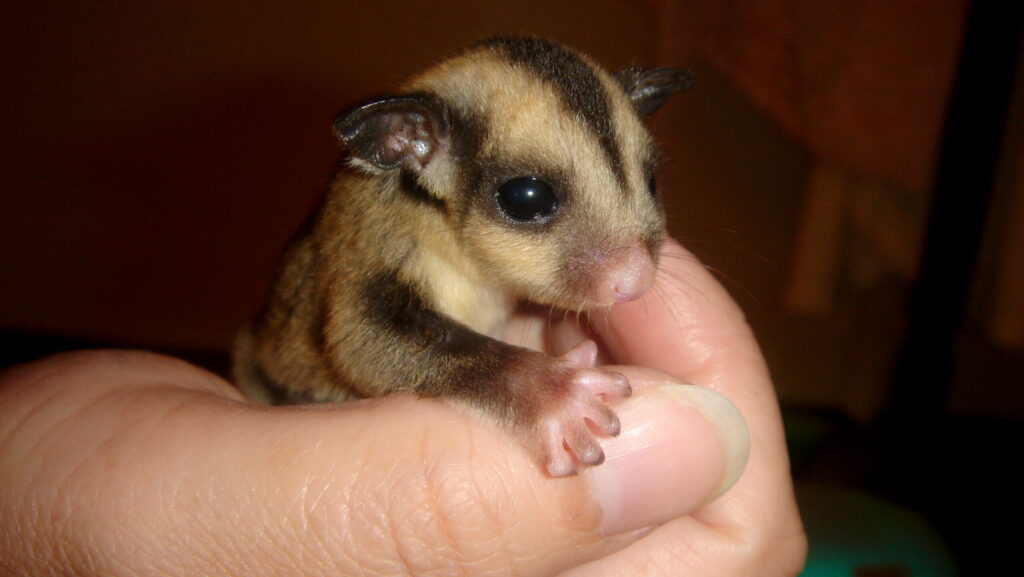
The effects of companionship deprivation extend beyond psychological impacts to manifest in physical health problems for sugar gliders. Chronic stress from isolation suppresses the immune system, making solitary gliders more susceptible to infections, diseases, and parasitic infestations. Many lonely sugar gliders experience disrupted eating patterns, either overeating from boredom or undereating from depression, leading to nutritional imbalances and weight problems. Sleep disturbances are common, with isolated gliders showing fragmented sleep patterns that further compromise their immune function and overall health. Research has even demonstrated that the stress of isolation can shorten a sugar glider’s lifespan significantly, with solitary gliders often living only 5-7 years compared to the 10-15 years frequently achieved by those kept in appropriate social groups.
Communication and Language Development

Sugar gliders possess a complex communication system that includes over 15 distinct vocalizations, from barking and chattering to purring and the famous “crabbing” sound they make when frightened. These communication skills are not innate but must be developed through social interaction with other sugar gliders. Solitary gliders often show stunted communication abilities, struggling to express themselves appropriately when later introduced to others of their kind. The learning of these communication skills happens primarily during early development but continues throughout life as gliders navigate complex social dynamics within their colony. Beyond vocalizations, sugar gliders communicate through body language, scent marking, and tactile interactions that can only be practiced and refined in the company of companions.
Temperature Regulation and Colony Sleeping
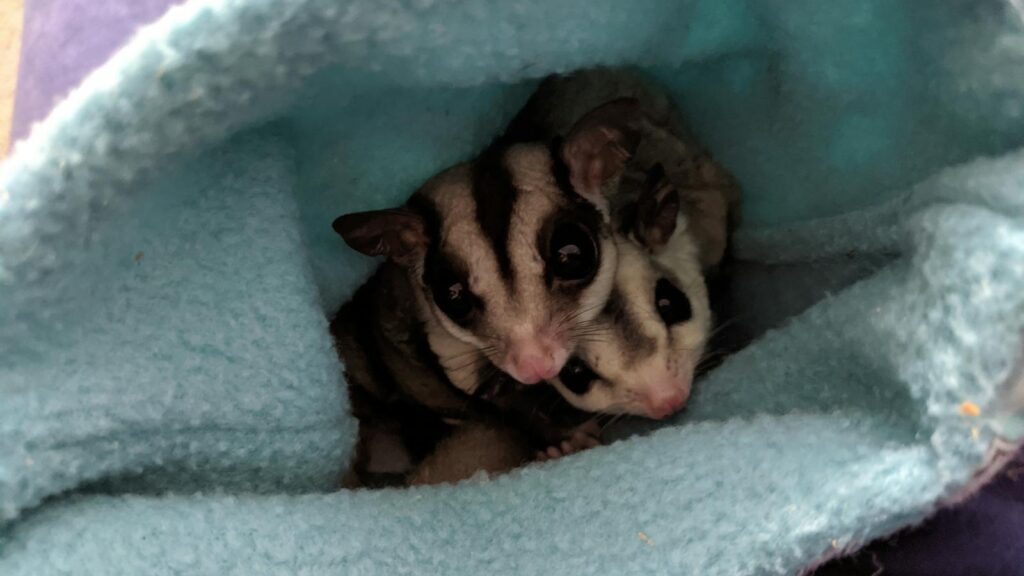
One of the most practical reasons sugar gliders need companions relates to their thermoregulation challenges. As small mammals with high surface-area-to-volume ratios, individual sugar gliders struggle to maintain body temperature, especially during rest periods. In the wild and in captivity, sugar gliders practice a behavior called “colony nesting” or “communal denning,” where multiple individuals sleep tightly pressed together in a nest or pouch. This huddling behavior can reduce each individual’s heat loss by up to 40%, creating a significant energy conservation advantage. Solitary sugar gliders must expend considerably more energy maintaining body temperature, which creates physiological stress and increases metabolic demands. During colder months or in air-conditioned environments, this thermal challenge becomes even more pronounced, making companionship not just a social need but a physical survival strategy.
Play Behavior and Physical Development

Play is not a frivolous activity for sugar gliders but a crucial component of their physical and cognitive development. When kept with companions, sugar gliders engage in chase games, wrestling, play-fighting, and acrobatic activities that build muscle strength, coordination, and problem-solving abilities. These interactions provide essential physical exercise that helps maintain healthy weight and prevents obesity-related health issues. Solitary gliders typically show reduced activity levels and may not develop the same physical capabilities as their socially-housed counterparts. The stimulation provided by play with companions also contributes to neurological development, keeping their minds sharp and engaged throughout their lives. Even in older sugar gliders, play behaviors with companions help maintain cognitive function and prevent the equivalent of age-related cognitive decline.
Proper Social Skills Development
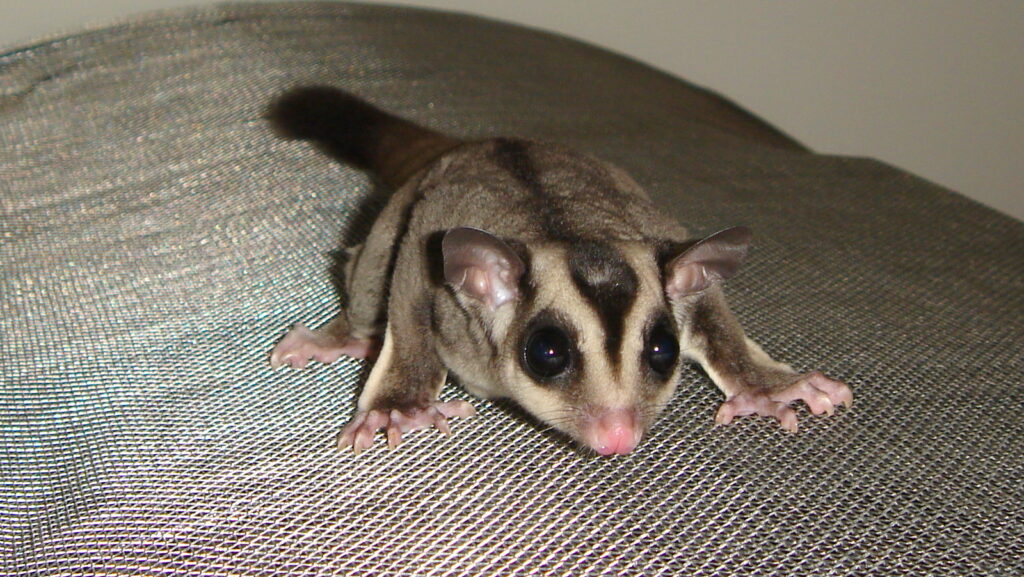
Like many social mammals, sugar gliders must learn appropriate species-specific behaviors through interaction with others of their kind. Young sugar gliders raised without companions often develop inappropriate social behaviors, including excessive aggression, inability to recognize social cues, or inappropriate sexual behaviors. These social deficits can make it extremely difficult to introduce them to companions later in life, creating a problematic cycle of isolation. Sugar gliders learn vital skills like food sharing, nest building, and conflict resolution through ongoing social interaction. The proper development of these skills not only improves their quality of life but also makes them easier for human caretakers to handle and bond with, as they better understand appropriate boundaries in social interactions.
Creating the Ideal Companion Group
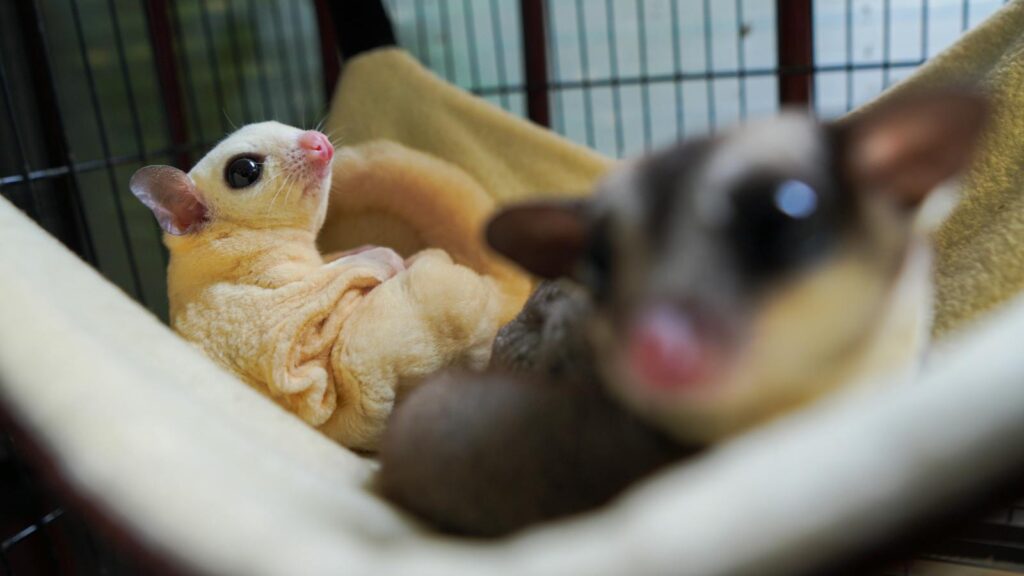
When establishing a sugar glider colony in captivity, careful consideration must be given to the composition of the group to ensure harmony and prevent unwanted breeding. Most experts recommend keeping sugar gliders in pairs at minimum, with same-sex pairs (particularly two neutered males or two females) often working well together. For larger colonies, one neutered male with multiple females creates a naturalistic social structure that mimics wild colonies. Introductions must be handled gradually and carefully, with neutral territory meetings and close supervision to prevent fighting during the establishment of a social hierarchy. Age can be an important factor in successful pairings, with younger gliders generally accepting new companions more readily than older, established individuals. The ideal companion group size for captive sugar gliders typically ranges from 2-4 individuals, balancing their social needs with the practical limitations of captive housing.
The Bonding Process Between Sugar Gliders
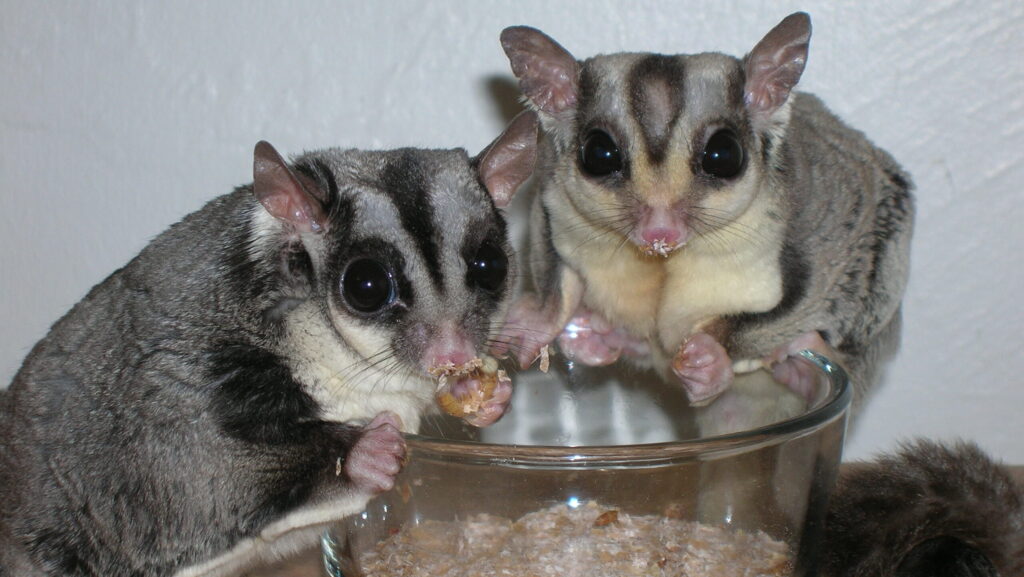
The formation of bonds between sugar gliders is a fascinating process that follows predictable stages but varies in duration depending on individual personalities. Initially, new gliders will typically maintain distance while assessing each other through vocalizations and scent. The second phase usually involves careful physical investigation, with tentative approaches and retreats as they gauge each other’s reactions. Once comfort begins to develop, mutual grooming often marks a significant turning point in their relationship, signaling growing trust and acceptance. The final stage of bonding is evidenced by sleeping together in the same pouch or nest box, sharing food, and engaging in play behaviors—all signs of a successful pairing. This bonding process can take anywhere from a few days to several months, requiring patience from caretakers who must respect the gliders’ need to establish relationships at their own pace.
Human Interaction vs. Sugar Glider Companionship

A common misconception among new sugar glider owners is that human interaction can substitute for the companionship of another sugar glider. While sugar gliders can and do form strong bonds with their human caretakers, these relationships cannot fulfill all the species-specific social needs these animals have. Humans cannot communicate through the same vocalizations, engage in natural grooming behaviors, or provide the constant 24-hour companionship that sugar gliders need, especially during their most active nocturnal periods when most humans are sleeping. Even the most dedicated owner who spends several hours daily interacting with their pet cannot replicate the intricate social dynamics and constant physical presence of another sugar glider. The human-glider bond should be viewed as supplementary to, rather than a replacement for, same-species companionship.
Signs of Loneliness in Sugar Gliders

Recognizing the indicators of social deprivation in sugar gliders is crucial for intervening before serious health issues develop. Excessive vocalization, particularly repetitive calling or crying sounds during both day and night, often represents a sugar glider’s attempt to locate colony members. Self-destructive behaviors like over-grooming, fur-pulling, or self-mutilation typically emerge within weeks or months of isolation. Lethargy outside of normal sleeping hours or, conversely, hyperactivity and inability to settle can both signal social stress in these normally energetic creatures. Changes in appetite, particularly refusal to eat or sudden pickiness about food, frequently accompany the depression that results from loneliness. Attentive owners should also watch for decreased interest in enrichment activities, excessive clinginess to human caretakers, or development of unusual, repetitive behaviors—all warning signs that social needs aren’t being met.
The Process of Introducing New Companions
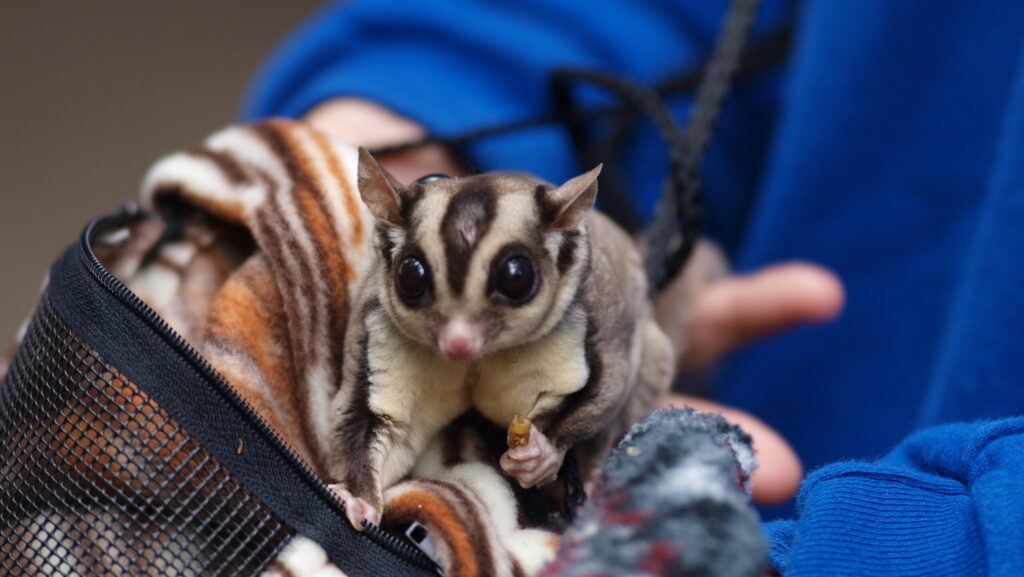
When addressing a lonely sugar glider’s need for companionship, the introduction process requires careful management to ensure success. The safest approach begins with a period of quarantine for the new glider, typically 30 days, to prevent disease transmission between animals. Following quarantine, the introduction should start with a proximity period where gliders can see, smell, and hear each other but not make physical contact, often accomplished by placing cages side by side. Short, supervised neutral territory meetings come next, ideally in a bathtub or small enclosed area where neither glider feels territorial. These meetings should gradually increase in duration as positive interactions develop, watching for positive signs like mutual grooming or crabbing decreases. The final stage involves moving both gliders into a thoroughly cleaned cage (removing all territorial scents) with duplicate resources to prevent competition during the adjustment period.
Legal and Ethical Considerations

The keeping of sugar gliders involves important legal and ethical considerations that responsible owners must navigate. In many regions, including certain US states like California, Alaska, and Hawaii, sugar gliders are prohibited as pets due to concerns about invasive species potential or animal welfare. Even where legal, ethical ownership demands a commitment to meeting their complex social needs, which includes providing appropriate companionship. The exotic pet industry sometimes downplays the social requirements of sugar gliders to facilitate sales, leading to misinformed owners and suffering animals. Ethical ownership also involves considering the source of acquired gliders, avoiding operations that separate young gliders from their mothers too early or keep breeding animals in poor conditions. The responsibility extends to making provisions for companions in the event of one glider’s death, ensuring no sugar glider faces the trauma of extended isolation during their lifetime.
Sugar gliders’ need for companionship represents one of the most fundamental aspects of their care, deeply rooted in their evolutionary history and biological makeup. While they can form meaningful bonds with human caretakers, these relationships cannot replace the species-specific interactions they require for optimal physical and psychological health. Potential and current sugar glider owners must recognize that committing to these enchanting marsupials means committing to providing appropriate companions throughout their lives. When their social needs are properly met, sugar gliders reward their caretakers with the joy of witnessing natural behaviors, healthy development, and the unique experience of observing the complex social dynamics of these remarkable creatures. In ensuring sugar gliders stay together, we honor their true nature and provide them the opportunity to express their full range of natural behaviors and experience the quality of life they deserve.

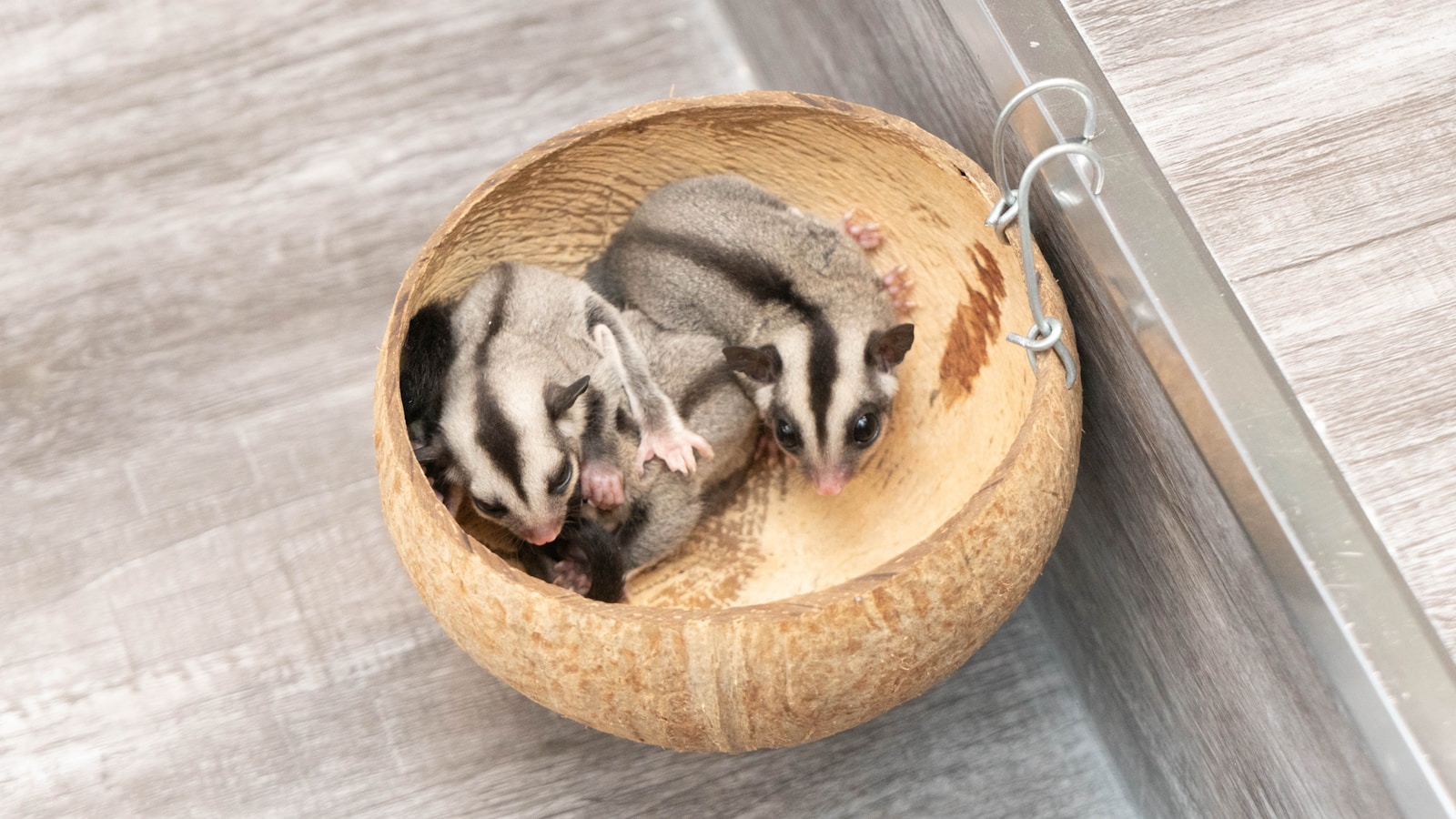
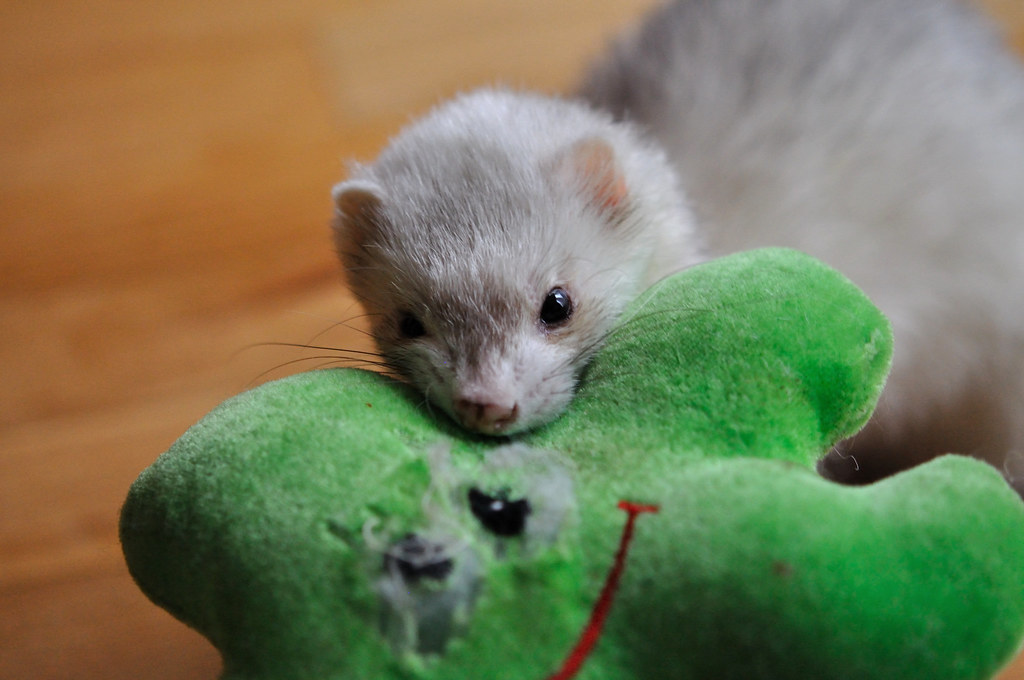
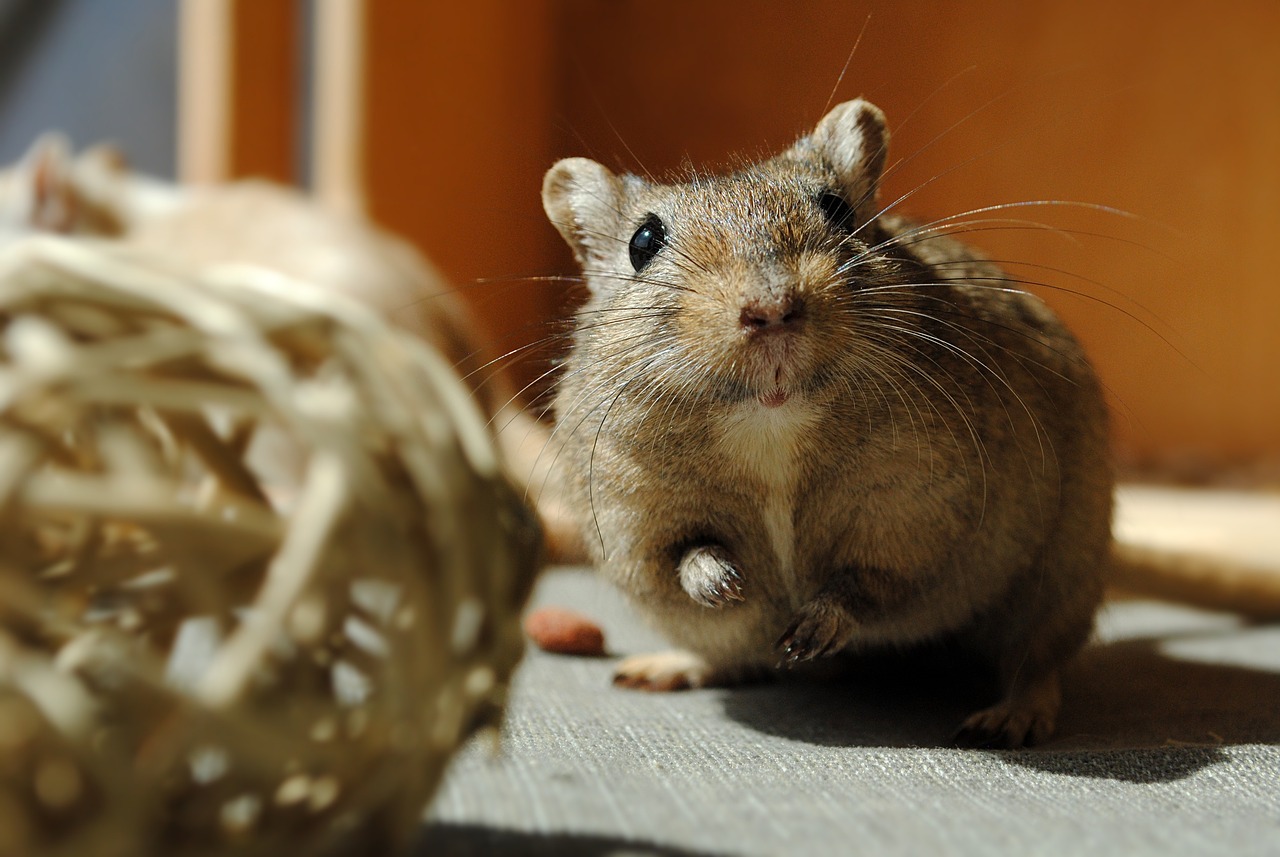

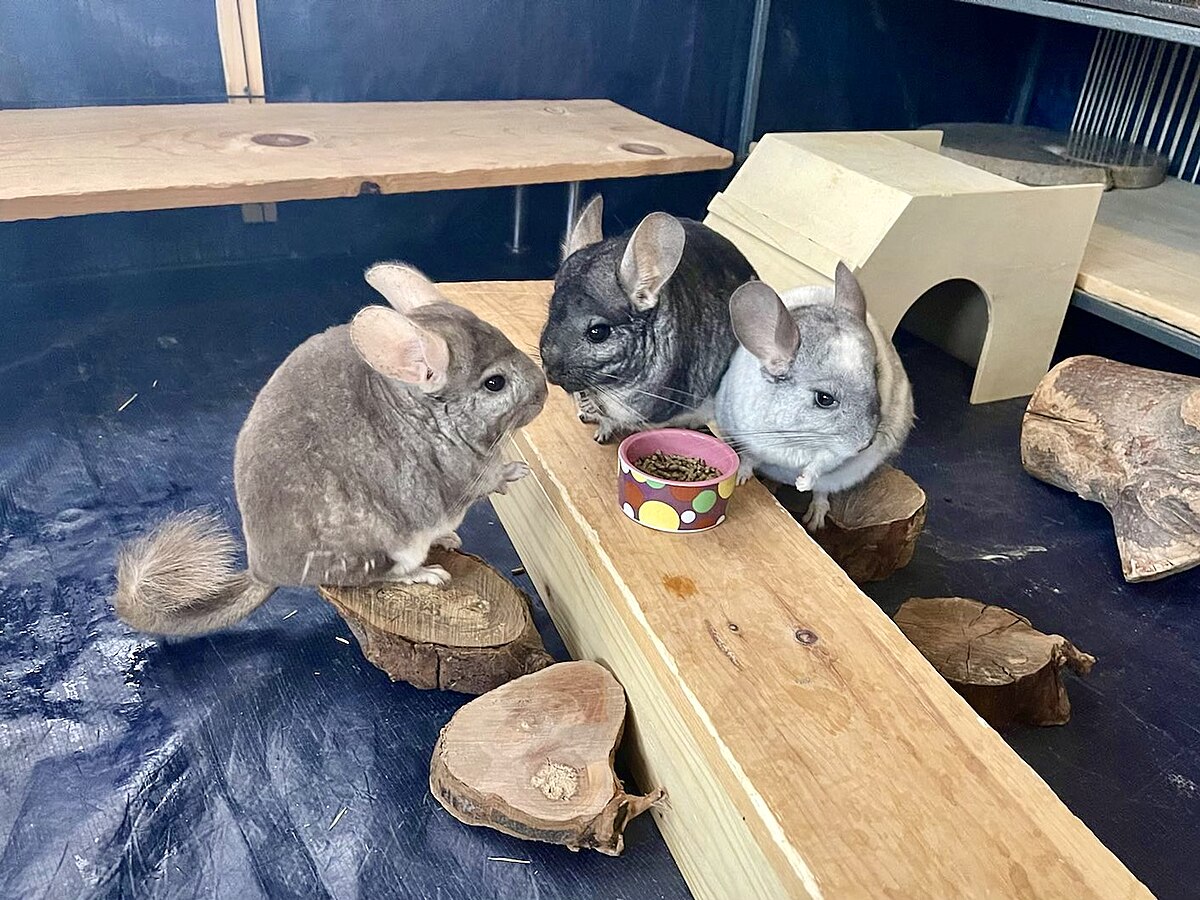
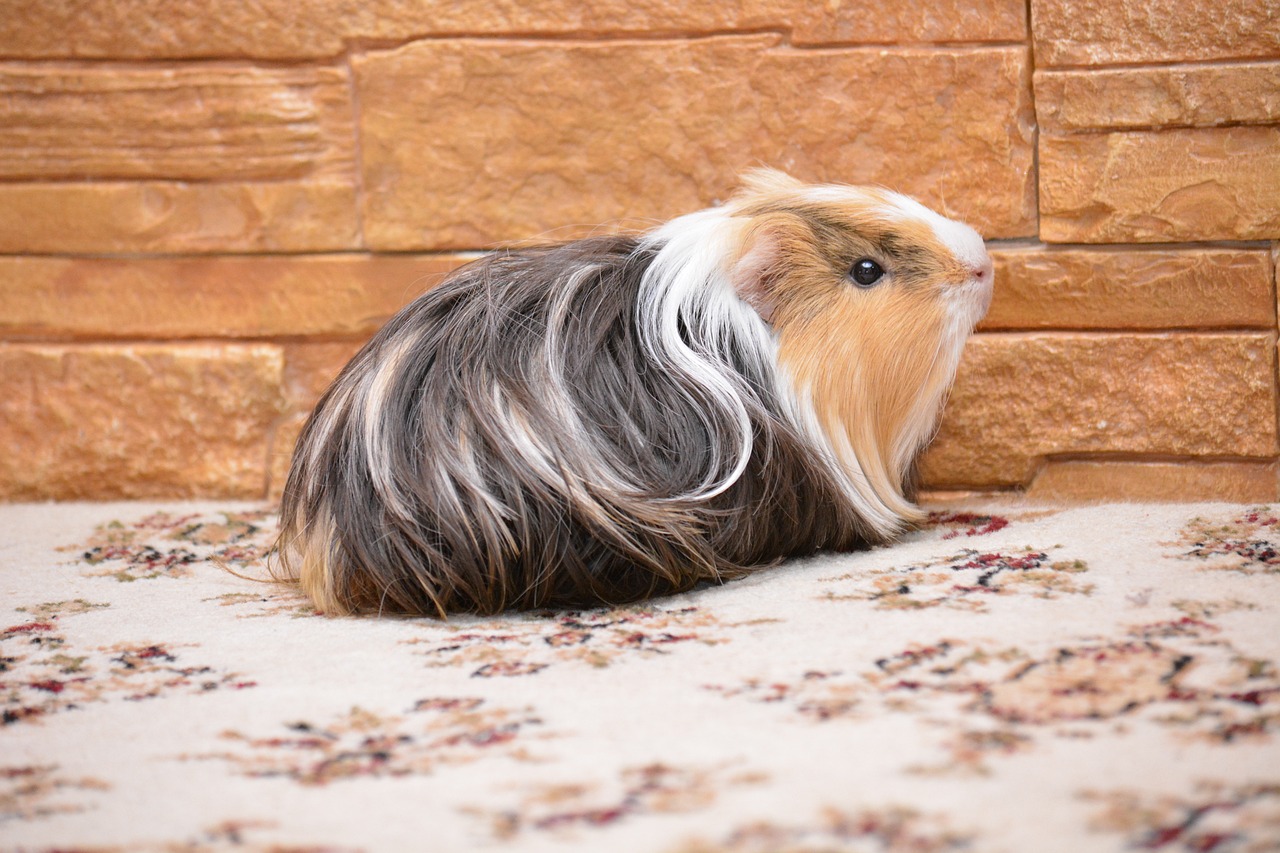
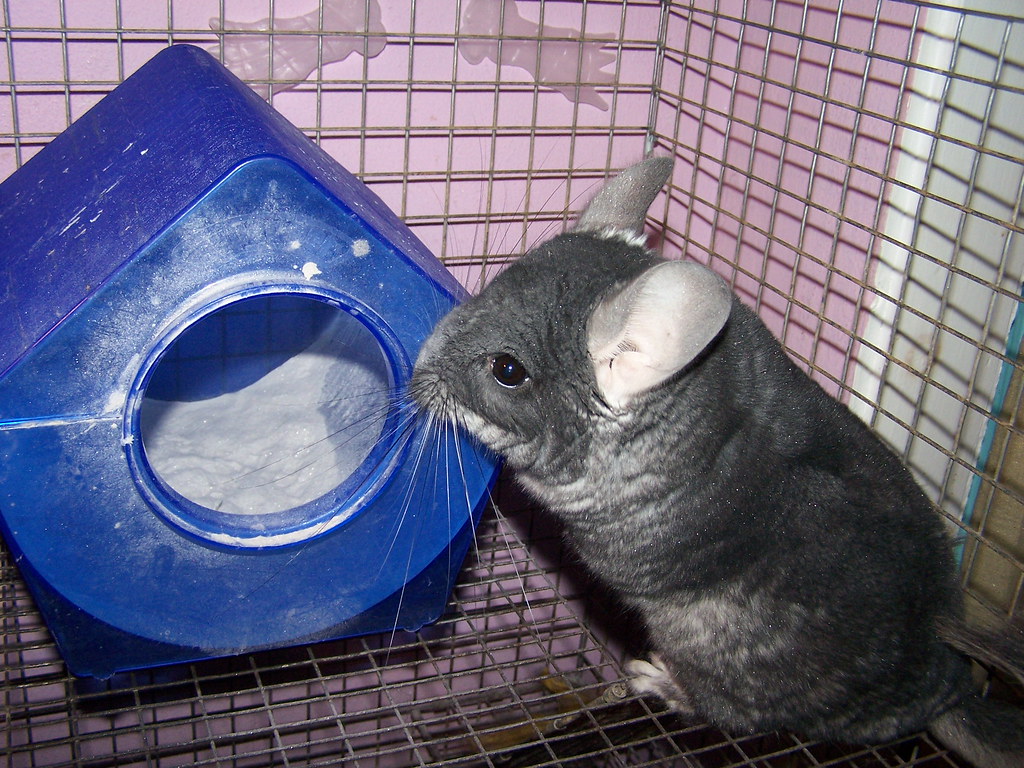

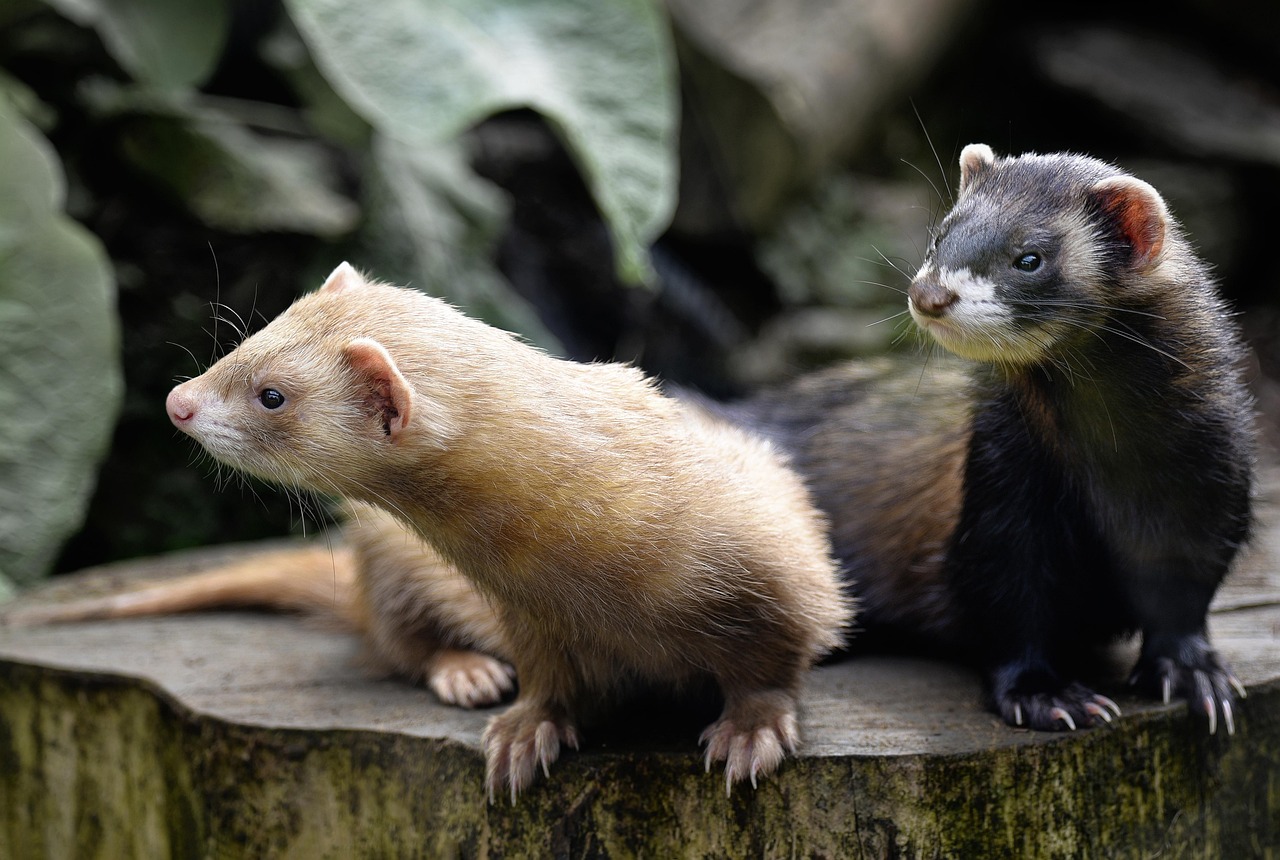
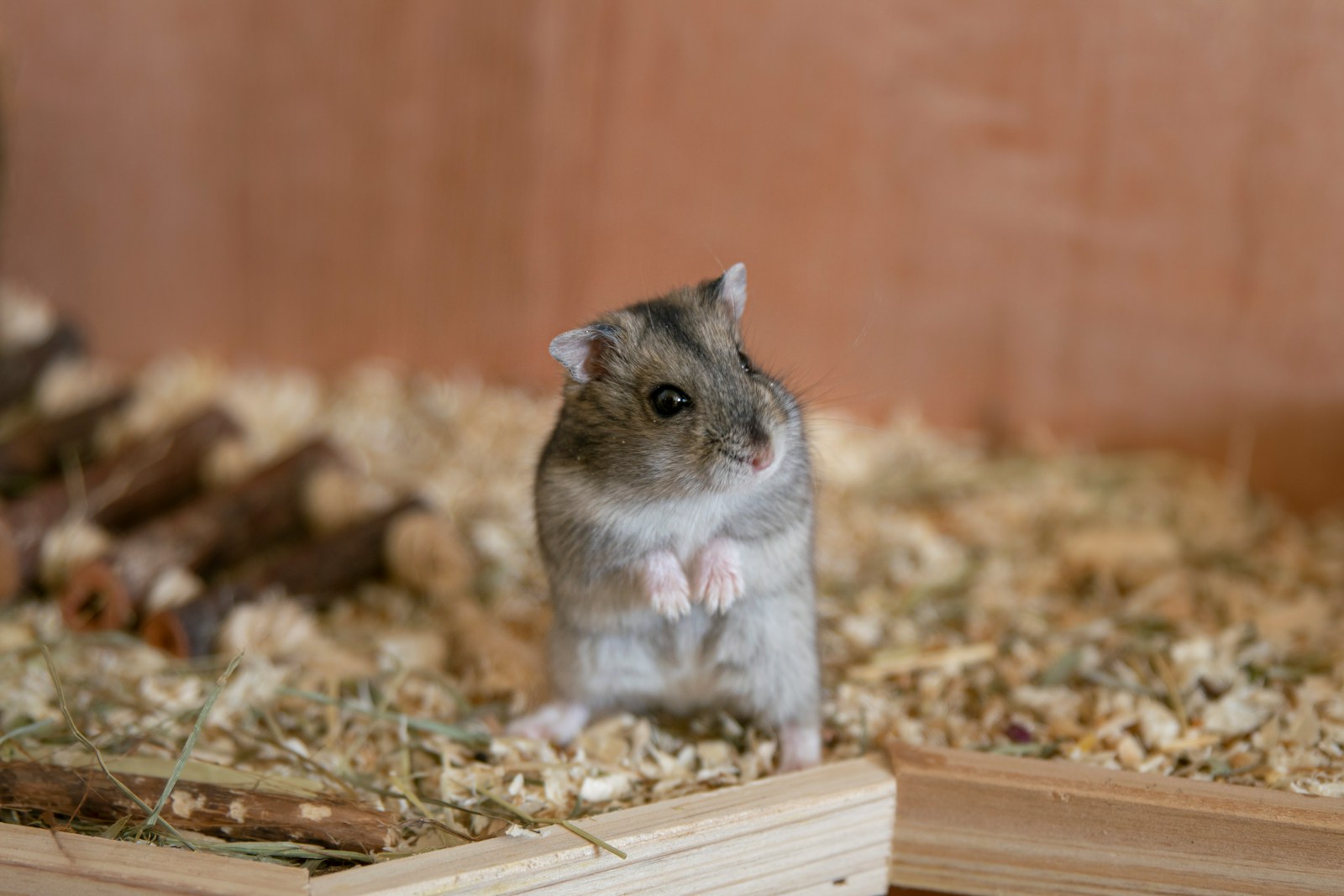
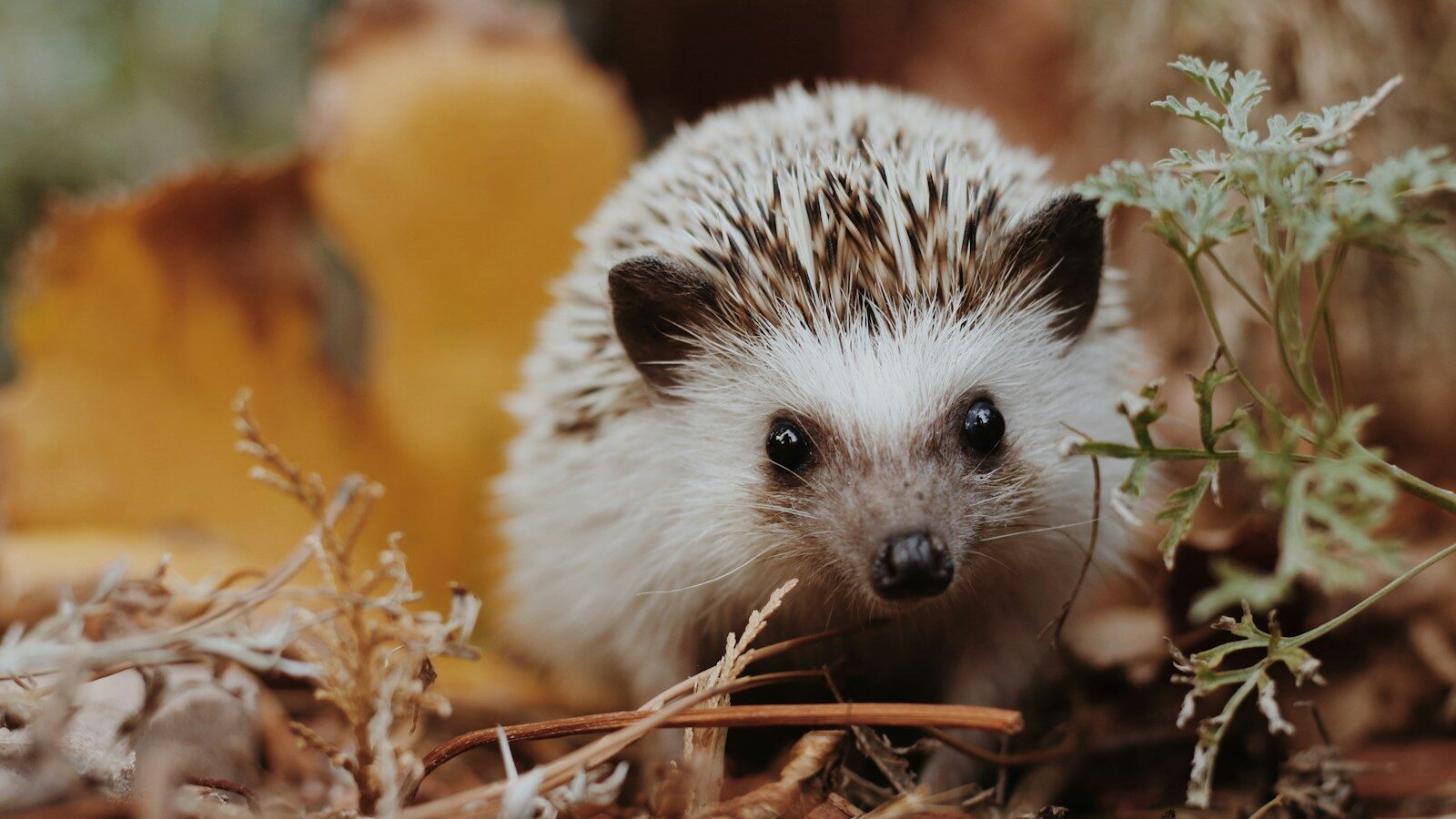




Leave a Reply